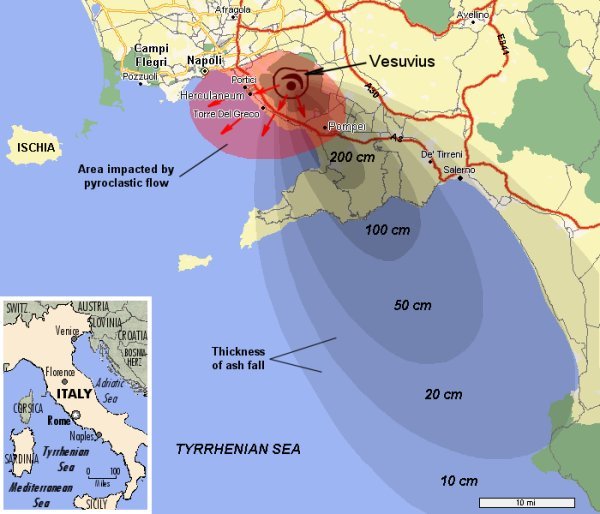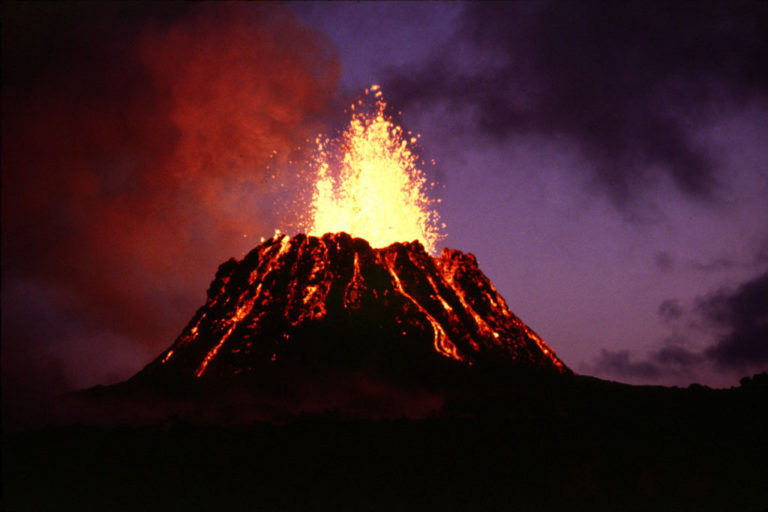Home / Nature & Environment / Earth Science / Extreme Geological Events / Effusive and explosive eruptions

Reach your personal and professional goals
Unlock access to hundreds of expert online courses and degrees from top universities and educators to gain accredited qualifications and professional CV-building certificates.
Join over 18 million learners to launch, switch or build upon your career, all at your own pace, across a wide range of topic areas.

 Pyroclastic surge impact area and ash dispersal range by
Pyroclastic surge impact area and ash dispersal range by  1983, Pu’u ‘O’o, a Volcanic cone on Kilauea, Hawaii by
1983, Pu’u ‘O’o, a Volcanic cone on Kilauea, Hawaii by 



